7.7K Views
Understanding Distinctive Clock Motors

by
Tate Eduardo
(IC: )
Modern clock electric motors are digital timekeepers that obtain their accuracy from crystals. Clock motors are additionally called clock activities in the sell that they relocate the hands, with a collection of equipments, into correct placement (about the characters or icons printed on the dial). Herein we reveal not only the details of just how these systems work but also their traits as well as subtle foibles.
Historical clock electric motors did not operate electronically yet mechanically. A coiled springtime or hefty weight used torque to a flywheel, which slowly turned a shaft with hands attached to the various other end. A pendulum as well as escapement worked in tandem to make sure each tick was specifically one 2nd in duration.
Today's electric motors accomplish the exact same impact however do so by partitioning a constant stream of pulses sent out by the quartz crystal. The pulses are counted utilizing an electronic register, and also each time the ideal threshold is gone beyond creates the recorded number of seconds to increment. In a similar way, register counts with sixty-fold durations increment the mins as well as hours.
By doing this, software program has superseded detailed gizmos of gears in intricate proportions as the distinctive engine of the clock motor. This affords a pushing of the envelope in regards to layout and shows. It has enabled the monitoring and screen of ever more appealing functional combinations.
One of the most prevalent timekeeping function is that which shows a 12-hour clock cycle. 2 or 3 hands (relying on the absence or existence of a used) spin among the dozen digits shown. The 24-hour motion (a small trick) comes by default with digital clocks; analog variations are readily available though a lot less typical, as two times as numerous figures need to be squeezed along the dial perimeter.
Used habits can sometimes appear idiosyncratic, in that the electric motor may sustain one of two varieties. One kind has a short-term jerk and pause that makes up a tick, which might be distinct or faint. The various other kind, a move pre-owned, relocates constantly, efficiently, as well as calmly.
Then you might locate clock electric motors that relocate 4 hands, expanding the cycle significantly. The additional hand reveals the day of the week (a seven-day cycle) or the day of the month (31-day cycle). This calls for a particularly calibrated dial.
As opposed to (or in addition to) something to report the time, you may have an interest in a climate motion, revealing temperature, humidity, pressure, or trend level. Though trends are basically regular, weather condition motors generally are not cyclical. Unlike clocks, their hands indicate the values of sensing units in between 2 extremes.
Thus, the weather motor has to be paired with a meticulously calibrated dial and appropriately sized hand. Things additionally have to be booted up correctly.
Note that a tide motion has to factor in both lunar and also solar cycles. Regional problems also influence the time lag in between the position of the moon and the incident of high tide; moreover, resonances of tidal containers figure out the amount of variation in trend level amplitude. Thus, each trend "wrist watch" need to be both normally and also particularly calibrated.
Let's not forget the subtler tricks. The standard clock activity is inadequate for really huge clocks since the hands are as well hefty. So when the clock face has a distance that exceeds 8 or 9 inches make certain to buy a "high torque" activity.
Other functions that make your clock distinctive include, chiming, alarms, and also pendulums. These are all add-on results that do not strike the procedure of the tool, although you might have to make certain that the motor supports them. Anyway, your success as a niche clockmaker is bound to improved by understanding distinctive clock motors.
Historical clock electric motors did not operate electronically yet mechanically. A coiled springtime or hefty weight used torque to a flywheel, which slowly turned a shaft with hands attached to the various other end. A pendulum as well as escapement worked in tandem to make sure each tick was specifically one 2nd in duration.
Today's electric motors accomplish the exact same impact however do so by partitioning a constant stream of pulses sent out by the quartz crystal. The pulses are counted utilizing an electronic register, and also each time the ideal threshold is gone beyond creates the recorded number of seconds to increment. In a similar way, register counts with sixty-fold durations increment the mins as well as hours.
By doing this, software program has superseded detailed gizmos of gears in intricate proportions as the distinctive engine of the clock motor. This affords a pushing of the envelope in regards to layout and shows. It has enabled the monitoring and screen of ever more appealing functional combinations.
One of the most prevalent timekeeping function is that which shows a 12-hour clock cycle. 2 or 3 hands (relying on the absence or existence of a used) spin among the dozen digits shown. The 24-hour motion (a small trick) comes by default with digital clocks; analog variations are readily available though a lot less typical, as two times as numerous figures need to be squeezed along the dial perimeter.
Used habits can sometimes appear idiosyncratic, in that the electric motor may sustain one of two varieties. One kind has a short-term jerk and pause that makes up a tick, which might be distinct or faint. The various other kind, a move pre-owned, relocates constantly, efficiently, as well as calmly.
Then you might locate clock electric motors that relocate 4 hands, expanding the cycle significantly. The additional hand reveals the day of the week (a seven-day cycle) or the day of the month (31-day cycle). This calls for a particularly calibrated dial.
As opposed to (or in addition to) something to report the time, you may have an interest in a climate motion, revealing temperature, humidity, pressure, or trend level. Though trends are basically regular, weather condition motors generally are not cyclical. Unlike clocks, their hands indicate the values of sensing units in between 2 extremes.
Thus, the weather motor has to be paired with a meticulously calibrated dial and appropriately sized hand. Things additionally have to be booted up correctly.
Note that a tide motion has to factor in both lunar and also solar cycles. Regional problems also influence the time lag in between the position of the moon and the incident of high tide; moreover, resonances of tidal containers figure out the amount of variation in trend level amplitude. Thus, each trend "wrist watch" need to be both normally and also particularly calibrated.
Let's not forget the subtler tricks. The standard clock activity is inadequate for really huge clocks since the hands are as well hefty. So when the clock face has a distance that exceeds 8 or 9 inches make certain to buy a "high torque" activity.
Other functions that make your clock distinctive include, chiming, alarms, and also pendulums. These are all add-on results that do not strike the procedure of the tool, although you might have to make certain that the motor supports them. Anyway, your success as a niche clockmaker is bound to improved by understanding distinctive clock motors.
{
"id": "3619281",
"alt": "",
"title": "",
"video_link": "https://www.youtube.com/embed/lQcWLaMSCmk",
"youtube_video_id": "lQcWLaMSCmk"
}
{
"width": 634,
"height": 357,
"showRelated": true
}
Enjoyed the project?
Published April 25th, 2024 12:05 AM






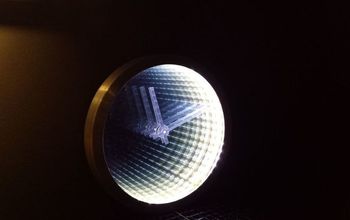
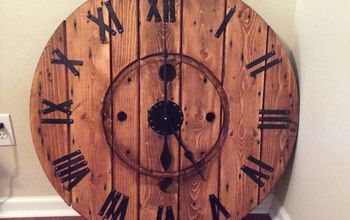


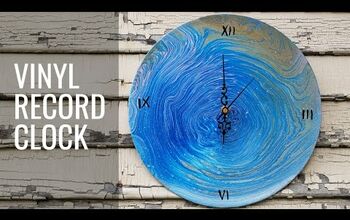




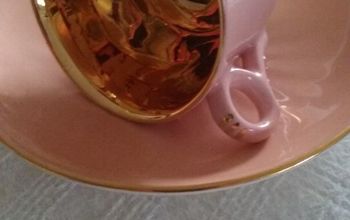







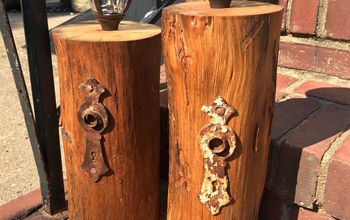
Frequently asked questions
Have a question about this project?